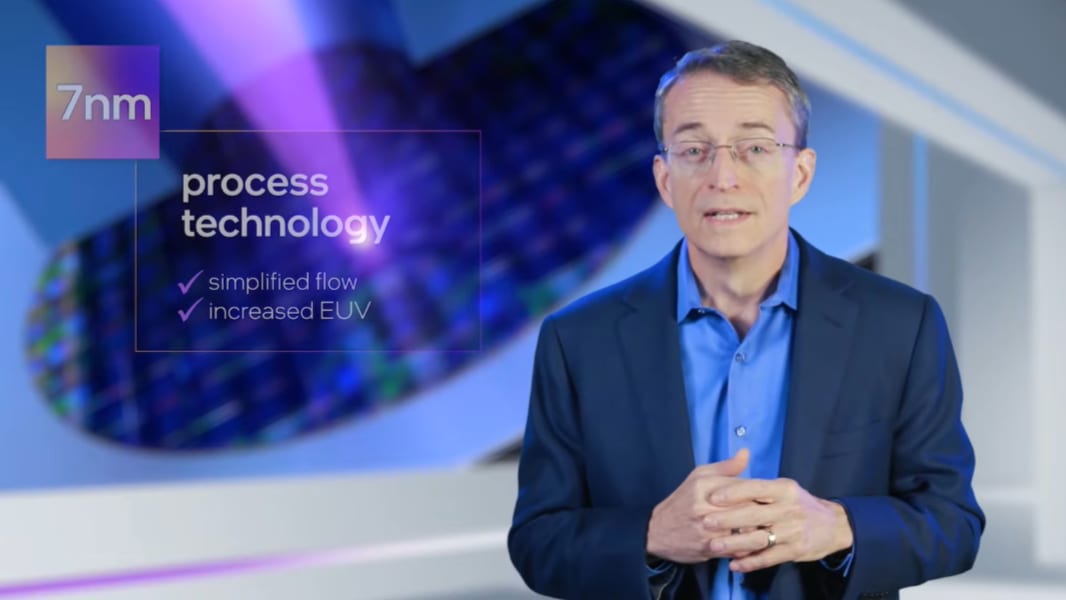Intel to Build Two U.S.-Based Fabs
- Paul Thurrott
- Mar 24, 2021
-
31

Amidst calls for it to use more efficient third-party silicon fabs, Intel this week announced that it would instead build more of its own. And it’s going to do so in the United States, one of the most expensive places to manufacture electronics in the world. In the meantime, it will also expand its use of third-party fabs.
“We are setting a course for a new era of innovation and product leadership at Intel,” CEO Pat Gelsinger said. “Intel is the only company with the depth and breadth of software, silicon and platforms, packaging, and process with at-scale manufacturing customers can depend on for their next-generation innovations. IDM (integrated device manufacturing) 2.0 is an elegant strategy that only Intel can deliver – and it’s a winning formula. We will use it to design the best products and manufacture them in the best way possible for every category we compete in.”
Windows Intelligence In Your Inbox
Sign up for our new free newsletter to get three time-saving tips each Friday — and get free copies of Paul Thurrott's Windows 11 and Windows 10 Field Guides (normally $9.99) as a special welcome gift!
"*" indicates required fields
The announcement came during an online event dubbed Intel Unleashed: Engineering the Future. At the event, Mr. Gelsinger said that his team was “fired up” and that Intel’s best days are ahead. But what onlookers were perhaps most interested in is how Intel intends to compete with fabs that are now delivering 5 nm and 7 nm designs for its competitors when Intel’s own facilities are still stuck on less efficient 10 nm and 14 nm manufacturing processes.
“Our 10 nm delay pushed out 7 nm and ultimately put us on the wrong side of the EUV (extreme ultraviolet lithography) maturity curve,” Gelsinger said, referring to an advanced production process that Intel will use for its next-generation chipsets. “Today, I’m pleased to share that we have now fully embraced EUV, and we’ve rearchitected and simplified our 7 nm process flow, increasing our use of EUV by 100 percent.”
Intel will expand its own manufacturing capabilities in the U.S. and Europe, and it plans x86, ARM, and RISC-based designs. But it will also expand its use of third-party foundries to include “products at the core of Intel’s computing offerings for both client and data center segments” starting in 2023. “This will provide the increased flexibility and scale needed to optimize Intel’s roadmaps for cost, performance, schedule, and supply, giving the company a unique competitive advantage,” the firm says.
On that note, Gelsinger referred specifically to Intel’s “very strong relationship” with ASML, the worldwide leader in EUV manufacturing, and he touted a 2023-era Meteor Lake chipset that will be initially “taped-in” in the second quarter of this year. This chipset is x86-based but it has a new modular design that represents the future of today’s system on a chip (SoC) designs that Intel calls system on a package (so, SoP, I guess).
Intel’s manufacturing expansion represents a $20 billion investment in the future, the company says, and it will create over 3,000 permanent high-tech, high-wage jobs plus more than 3,000 construction jobs and approximately 15,000 local long-term jobs.